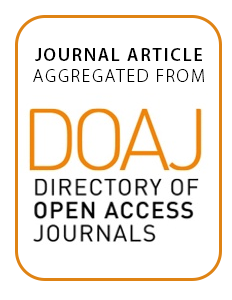Trends in global land use investment: implications for legal empowerment
From the mid-2000s, a commodity boom underpinned a wave of land use investments in low- and middle-income countries. While agribusiness, mining and petroleum concessions often involve promises of jobs and public revenues, they have also prompted concerns about land dispossession, exclusionary investment models and infringements of the rights of vulnerable groups.


